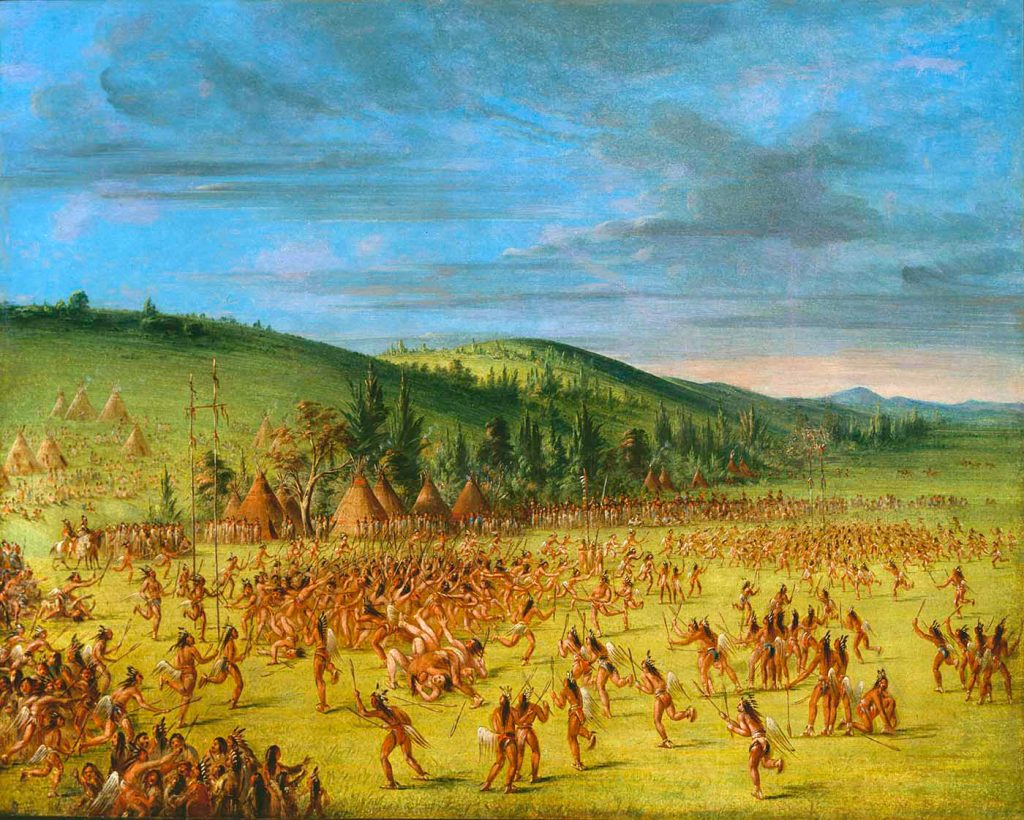
As Native American Heritage is celebrated throughout November, the oldest American team sport lacrosse represents the impact of Native American culture in the past and present.
Dating back to A.D. 1100, lacrosse was originally known as stickball and played in areas now known as New York and Canada by the Haudenosaunee, or Iroquois people. Lacrosse was played by 100 to 1,000 men with the purpose of preparing them for war or settling disputes.
The first game is said to have been played between animals, according to oral Native American tradition. The story teaches that all creatures have purpose. Lacrosse is understood by some Native Americans to be utilized as enjoyment and medicine, gifted from the Creator.
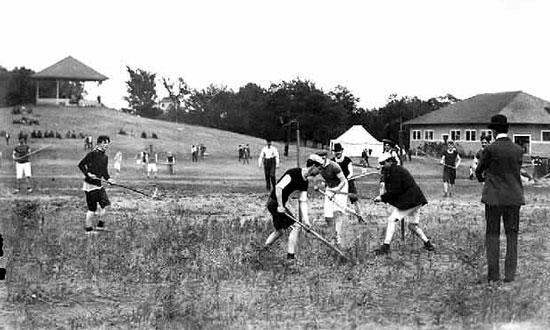
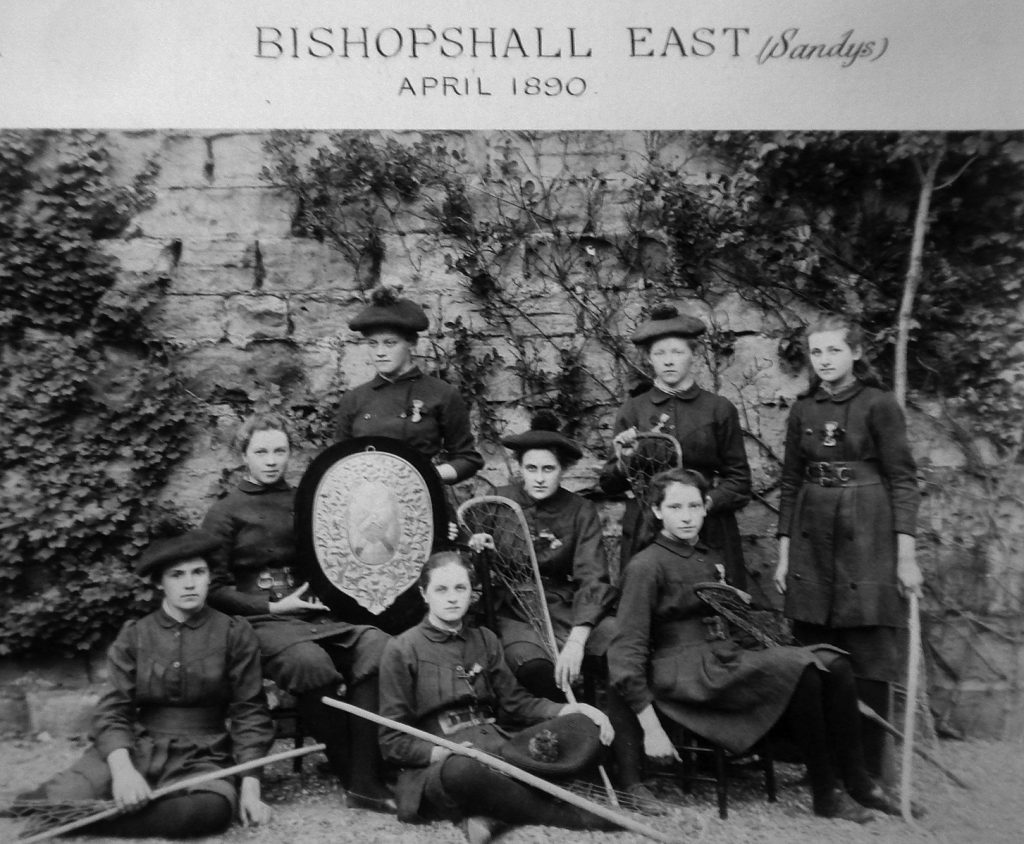
To play, they used wooden sticks, often with net baskets made of deer sinew, and deer hide-wrapped balls, according to History. There were no borders, so fields could be miles long, on which they ran barefoot. Games could last multiple days.
According to World Lacrosse, the name “lacrosse” was not assigned to the sport until the 1600s when French missionaries first saw it being played in Quebec, Canada. They felt the sticks resembled the bishop’s cross, which was held at religious ceremonies. With European discovery of the game came a more defined set of rules.
Eventually, women joined the scene with the first women’s game taking place in 1890 in Scotland. The first women’s team, however, did not form until 1926. Today, the game continues to grow in popularity. First Point USA claims that, according to an NCAA study, college lacrosse is the fastest growing sport.
“The original game of lacrosse started as a way to connect and build trust as a tribe in a competitive setting,” BYU Women’s Lacrosse team captain Lauren Likes said.

Likes said after her father played lacrosse at BYU and her brothers began playing the sport, she followed in their footsteps.
“Just like the original game, it started simply as a way to connect with my family and is now a huge part of who I am,” Likes said.
Likes said lacrosse continues to bring joy to many today. She added that it is important to know where the Native American sport came from, because it should be honored and respected.
Matt Schneck is the BYU Men’s Lacrosse head coach and has been coaching the Cougars since 2002. Having been around the game for most of his life, Schneck noted that each one of his coaches have taken the time to teach the significance of the game’s history, “its meaning and the deep and symbolic nature of the game.”
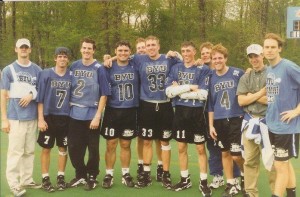
Throughout his time coaching, Schneck has had players with direct Native American heritage who have “shared their love and reverence for the game” and taught their teammates important lessons.
Schneck explained that understanding lacrosse’s alternative name, the “Creator’s Game,” allows for a deeper sense of respect when playing. Another way this remembrance is continued is through the Godekeraw Award, the most prestigious award in the Men’s Collegiate Lacrosse Association.
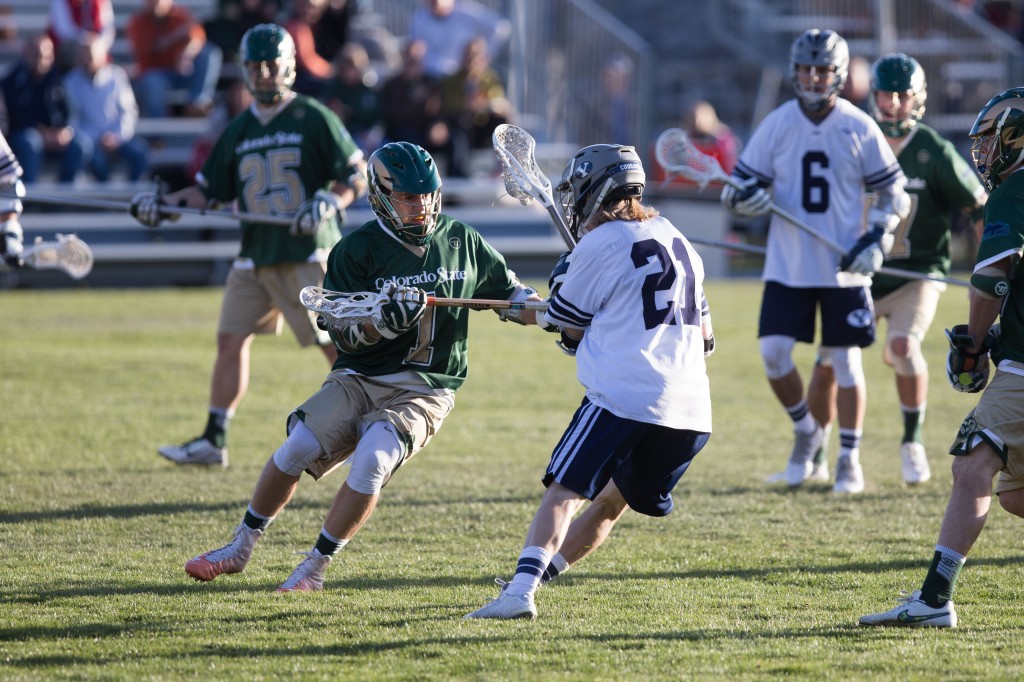
The award is given to a student-athlete who has exhibited achievements in academics, community service and on the lacrosse field. They receive a hand-crafted stick by Alf Jaques of the Onondaga Nation.
Keeping these kinds of traditions alive are important, according to Tyra Gilmore. Gilmore deeply values her one-fourth Navajo blood. Her grandfather grew up on the Navajo reservation in Arizona and her father lived for a time on the reservation, as well. Gilmore often visited her grandparents who lived on the territory.
“I always like to compare the reservation to a third-world country, because they have very similar living standards,” Gilmore said.
The Navajo people run their own government, under the U.S. government. They have a president, like a tribal leader, and have tribal ambassadors, intended to help communicate with the U.S. government about tribal needs.

Gilmore said that often, people think of Native Americans as belonging to the past, but they are still very much in existence. While she identified the many misconstrued stereotypes and ideas about Native Americans, Gilmore also recognized the progress that is being made in representing the people in an accurate and positive light.
Gilmore hopes for further acknowledgement and education about Native Americans. For her and her family, they try to keep traditional elements of the culture alive. She taught that big celebrations or life milestones are really honored in their culture. For instance, for graduation, special jewelry or clothing is gifted to the individual.
“We always try to keep up with those traditions,” Gilmore said.

During this time of year, specifically, the Gilmore family focuses on the true story of Thanksgiving. Gilmore said they identify the good that came from European settlers meeting Native Americans, as well as the negative that came from this.
Gilmore encourages all to respectively ask questions and learn more about the Native American people and culture. She explained that regardless of how individuals and families choose to celebrate the holiday, that the true meaning of Thanksgiving is remembered.
“I’ve grown up hearing what Thanksgiving actually means to us and just sharing the truth that, yes, Pilgrims and Native Americans interacted … and talking about the truth of it and how harmful that interaction was,” Gilmore said. “But also seeing how much both sides did benefit from cultural interactions and then just focusing our energy on just the season of giving thanks.”




